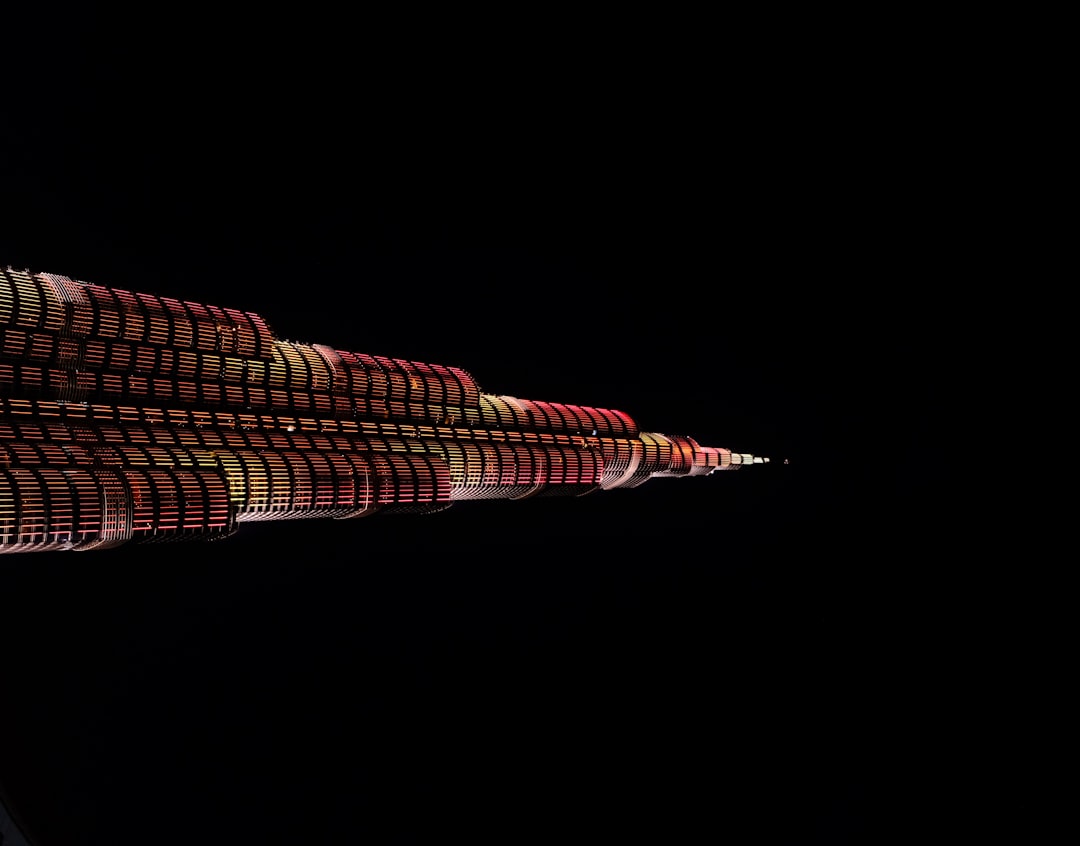What is it about?
While the influence of alkyl chain length and head group size on self-assembly behaviour has been well-established for simple surfactants, the rational control over the pHB and concentration-dependent self-assembly behaviour in stimuli responsive peptides remains an elusive goal. Here, we show that different amphiphilic peptides can have similar self-assembly phase diagrams, providing the relative strengths of the attractive and repulsive forces are balanced. Using palmitoyl-YYAAEEEEK(DO3A:Gd)-NH2 and palmitoyl-YAAEEEEK(DO3A:Gd)-NH2 as controls, we show that reducing hydrophobic attractive forces through fewer methylene groups in the alkyl chain will lead to a similar self-assembly phase diagram as increasing the electrostatic repulsive forces via the addition of a glutamic acid residue. These changes allow creation of self-assembled MRI vehicles with slightly different micelle and nanofiber diameters but with minimal changes in the spin-lattice T1 relaxivity. These findings reveal a powerful strategy to design self-assembled vehicles with different sizes but with similar self-assembly profiles.
Featured Image
Read the Original
This page is a summary of: Balancing the intermolecular forces in peptide amphiphiles for controlling self-assembly transitions, Organic & Biomolecular Chemistry, January 2017, Royal Society of Chemistry,
DOI: 10.1039/c7ob00875a.
You can read the full text:
Contributors
The following have contributed to this page










